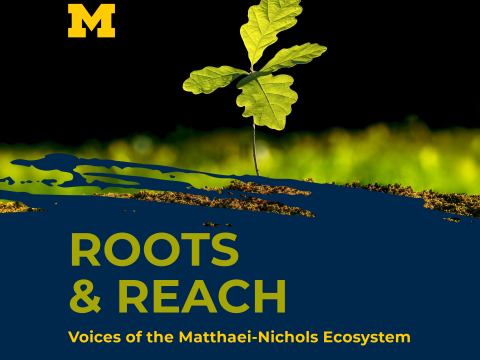
How a revered solstice shrub native to current-day Mexico and Guatemala and sacred to the Indigenous peoples of the region was captured by Joel Roberts Poinsett, a man whose legacy has prompted a move away from its stateside name: Poinsettia.
This season, you will likely encounter a familiar star-shaped plant with pointed bright red and green bracts (modified leaves) and a gentle yellow flower. This plant has become a ubiquitous symbol of the Christmas holiday in the United States, blooming near the winter solstice. Despite their brief window of seasonal relevancy, these plants are the most sold potted plant in the country, adorning storefronts, stages, altars, and hearths as a celebratory decoration.
One Indigenous name for the plant, Cuetlaxochitl, comes from the Nahua in the 14th century, who honored the plant as a divine gift. Its Nahuatl meaning refers to how the plant withers, representing morality and purity. The plant is spiritually significant and has rich symbolism. Its milky sap has traditional uses as medicine, and the bright bracts can be used as a plant dye to obtain a purplish-reddish hue.
Cuetlaxochitl is one of many Indigenous names for this plant. In this video, author David Bowles explains how Cuetlaxochitl is not the only Indigenous name for the plant, with more than 60 other Indigenous languages in Mexico, many older than Nahuatl. As one example, he explains that the plant is called “Job’on K’aak’,” in Maya, meaning “plant of the hollow flame.”
Cuetlaxochitl's association with Christianity began in the 17th century when Spanish colonialism forced religion into the region. There is a legend of a small girl, Pepita, who, with nothing to bring to the nativity, gathered a humble bunch of weeds that was said to have burst into crimson-red splendor as she entered the church. In commemoration, Franciscan friars used the plant’s bright foliage to decorate nativities and called it “Flor de Nochebuena,” or “flower of the blessed night.” It is also called “Flor de Navidad,” “Flor de Pascua,” and “ Flor de Santa Catarina.” The plant’s Latin name, ascribed in the 19th century, Euphorbia pulcherrima, means “the most beautiful.”
Less ubiquitous is the history of the plant’s appropriation from Mexico and the origins of the stateside name, “Poinsettia.” The holiday season is a time said to foster goodwill, peace, and joy. Their namesake, Joel Roberts Poinsett, did not foster the same. He owned a rice plantation in South Carolina, where he enslaved more than 100 people. As the first US ambassador to Mexico, he made enemies through manipulation in local politics, including supporting a coup. He was recalled from his position and forced to leave the country. In his later role as US Secretary of War, he oversaw the genocidal mass westward relocation of Cherokee, Muscogee, Seminole, Chickasaw, and Choctaw nations peoples, known now as the Trail of Tears. His legacy is troubling but lives on in the name of a flower he took a cutting of in the small town of Taxco and sent back to his plantation greenhouses in South Carolina. His name also lives on in “poinsettismo,” a phrase used in Mexico to describe meddlesome political behavior.
What’s in a name? A rose by another name may still smell as sweet, but Cuetlaxochitl is not known for its strong fragrance. Scents aside, there is a dissonance in uttering the name of a man with a harmful legacy when referring to a flower known in more than one legend to represent goodwill and light. Thus, many reject this name in favor of using an Indigenous name, often the Nahuatl name, Cuetlaxochitl. Perhaps this season, those of us unfamiliar can practice its pronunciation and call this plant by its Nahuatl name.
With gratitude to Xochi Sánchez for assistance in reviewing this article for cultural accuracy.


